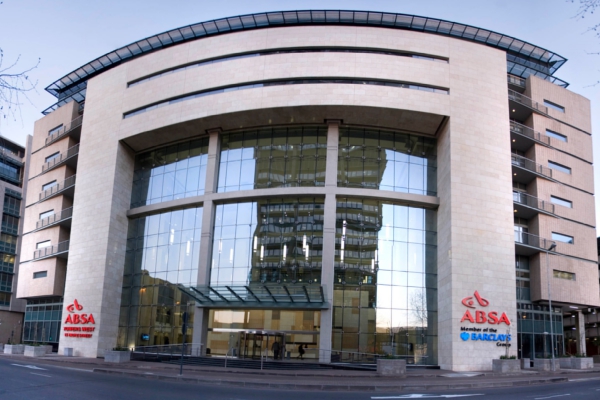EXCLUSIVE: Sponsorship at Barclays
August 3, 2016
The landscape of the sponsorship world is increasingly difficult to grasp, with a fine balance in attracting the right audience, increasing business, and spending money on costly endorsements.
Banks are huge players in that market – as they fight to get the edge on their rivals.
But they all face the same challenge: how do you build a sponsorship portfolio that captures personal, business and top level customers? Their needs and interests vary massively.
Nathan Homer is Head of Global Sponsorship and Partnerships at Barclays, he explains how they try to reach across the market:
“It’s a challenge and an opportunity. Obviously some sponsorships don’t have the scope to reach all the audiences, but we do have some smaller-scale sponsorships that target a specific audience. For example we sponsored the Ideal Home Show, we ran an interactive home there, talking about future technologies. But the business connection was that everyone there was thinking about improving their home or buying a new home. People could get a loan or a mortgage enquiry while they were there. That’s a specific example.”
But some of their sponsorship projects can work across their client range:
“When you take something like the Premier League, which we’re well known for, that works really well across the continuum. We use tickets to do mass customer competitions, we use hospitality at the grounds for small and local businesses, and for the high-end clients, we can take them in the Directors’ Box.”

With such a wide portfolio of customers, and so many income streams, different approaches are needed to speak to all them of them in the correct way.
Homer said: “Barclays’ sponsorship programme is obviously linked to the business objectives of the bank, if that’s at a mass retail level for someone like Barclaycard, then it’s about increasing awareness to the large audience we’re targeting. Through our partnerships, we use things people have a passion for to help them decide we’re the right choice for a credit card.”
“If you step up to a corporate bank the objectives tend to be more about creating environments where we can build a relationship with clients and have time for deep engagement. The objectives vary significantly depending on the audience. We have a big variety of different audiences from millions of mass customers to several hundred people in the world who run institutional or sovereign funds.”
Like all brands, Barclays have had to adapt their style of sponsorship in order to keep up with current trends, and to make sure their ad spend is targeted correctly. Homer admitted that Barclays had refined their approach with the advent of the ever increasing amounts of data being fed back to marketing teams:
“In the past sponsorship has been a blunt tool, saying ‘This is a good fit to the target audience so we can get good awareness and association’. At a brand level that is fine, I think for most established brands the fundamental change is the requirement for there to be a clearer connection between the business objectives and how we measure sales against them.”

Barclays’ best known sponsorship deal has been with the Premier League. They were title sponsors for 15 years.
From the upcoming season onwards they will no longer be title sponsor, but instead will be the official banking partner of the league.
Homer believes this change of relationship won’t have any real impact on their business.
“The Premier League is a two-sided sponsorship. We do the Premier League’s banking. They are obviously an extremely large business, so that effectively makes them a huge corporate partner.
“They’re also doing an increasing amounts of international business, which obviously has to come back to the UK through the global exchange. On the other side we get all of the marketing rights, which we can use to drive other parts of our business.”
The global nature of Barclays means the way they operate often differs, especially in the UK following the banking crisis in the late 00s. The reputation of all banks took a hammering after the crisis, and Homer admitted the rehabilitation of banking’s image generally is still ongoing:
“One of the key parts of our business is reputation – all banks have suffered a reputation hit. So we need to do stuff that engages people, but also lifts trust, warmth, and consideration. I think some of the activation is linked to the digital things we’re doing and others is helping to build our reputation and business.”
“If you look at our retail business in the UK, a lot of focus has been on digital enablement – allowing our customers to use digital tools for banking and in general. We decided we can amplify this using the Premier League.

But the African operations, and its sponsorship goals, are completely different:
“If you take our African business, we aren’t doing the same activity – we are doing hard sales marketing. If you look at the work done in Africa last season it is all about using your credit card, taking our loans etc. The things they are interested in is getting people to use their accounts as they don’t have the brand and reputation challenge [that the UK operation has].”
And how does Homer see the future? How will banks invest their sponsorship money in the next five to 10 years? The answer is data.
“There’s a continued business metric focus and the measurement of that will be more hard-wired into sponsorships.” said Homer “



